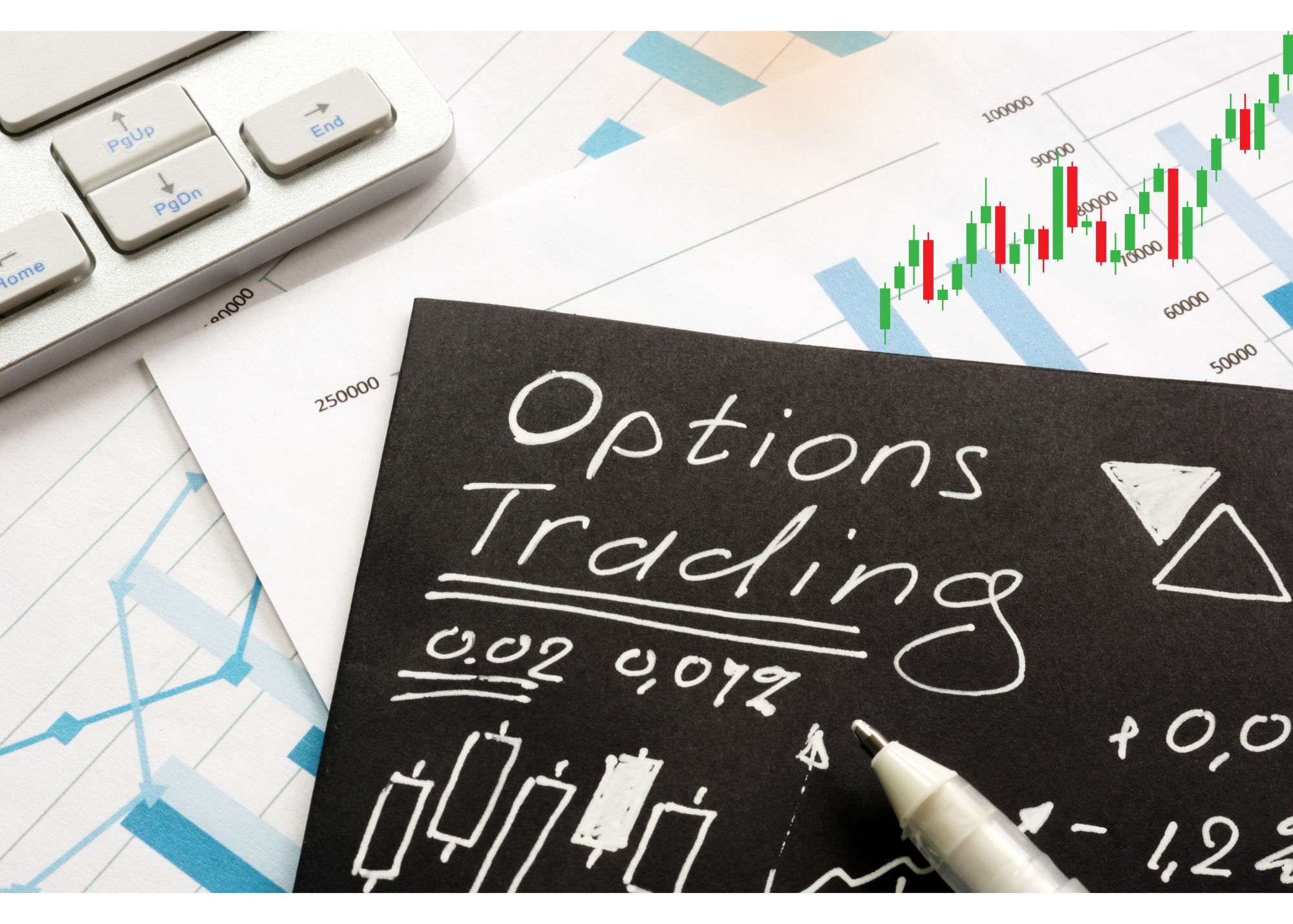How To Make 100% In Next 11 Months
The most important Federal Reserve announcement ever led to about as much excitement yesterday as two turtles racing to a finishing line.
Prior to the announcement by Chairman Jerome Powell, the market had forecast, with 68% probability, a 50bps rate cut.
That alone signaled that the market had priced in precisely what the Fed delivered and so when expectations became reality not a whole lot happened. Initially, the market spiked. Then it dipped into the red, and it really didn’t go much of anywhere by the end of the day.
One market commentator might have summarized the movements of the day best when he said:
My wife just likened today’s price action to my bedroom performances. A lot of bizarre spastic movements but without accomplishing much pic.twitter.com/qo1NVItxN8
— PharmD_KS (@PharmD_KS) September 18, 2024
Key Points
- A 0.50% rate cut may strengthen the market ahead of the election, despite September being historically weak.
- The S&P500 could rise 10-17% without a recession or fall 15-20% if one occurs, leaving the market direction unclear.
- Buying SPY calls and puts for an 11-month strike, with income generated by selling options, could yield high returns if the market moves 15%.
What It Means For the Markets
Two months ahead of an election with the market at all-time highs, it’s not a straightforward argument to make that an emergency drastic 0.50% rate cut should be enacted but that’s precisely what happened. And the odds are it should keep the market relatively strong until election day, even at a time of year that is seasonally quite weak. September, after all, ranks among the worst months of the year historically.
Looking out a little longer, the data isn’t quite as clear about where the markets are headed as you might hope for, but that doesn’t mean a single options strategy can’t do very well as we’re about to reveal.
Here’s the conundrum succinctly expressed by one market commentator: According to Goldman, the S&P500 typically rallies 10-17% post the first rate cut if there’s no recession, but drops 15-20% if there is a recession.
The current crossroads we are at: According to Goldman, the S&P500 typically rallies 10-17% post the first rate cut if there’s no recession, but drops 15-20% if there is a recession.
So… what will happen this time? Soft or hard landing? Place your bets! pic.twitter.com/7z05aHh4b9
— Wasteland Capital (@ecommerceshares) September 16, 2024
If the markets have an almost equal likelihood of rising or falling 15% over the next 12 months, how can you make money? It seems like a coin toss.
1 Strategy To Win No Matter What
If you look at the chart carefully you will see that the bulk of the movement in the markets following the first cut occur within about 10 months so we went out a little further, to 11 months (because there were no 10 month options) to see what the options market looks like.
Those August 2025 SPY options at-the-money can be bought for $45.31 on the call side at strike 561 and 27.97 on the put side at the same strike price for a total cost of $73.28.
Now with the SPY trading at $561.35 when this article was written that means the market is pricing in a 13% move over the next 11 months, either up or down.
At first glance, you might think that’s a little too close for comfort, and you can’t make money with such a slim margin. If the market must move 13% for you to make money but the odds of it moving 15% are a coin flip, is it really worth the risk?
It’s not a great reward to risk ratio for sure. But that’s not where the trade ends. Over the coming 11 months, short calls and puts can be sold further out-of-the-money against the long calls and puts to generate monthly income, lower the net out-of-pocket cost and reduce the overall risk in the trade.
Even if just a $1.00 is captured every month or so selling calls and puts, the net cost and risk in the trade could be slashed in half. That means a market move of 15% could lead to more than a double when return on risk is calculated.



